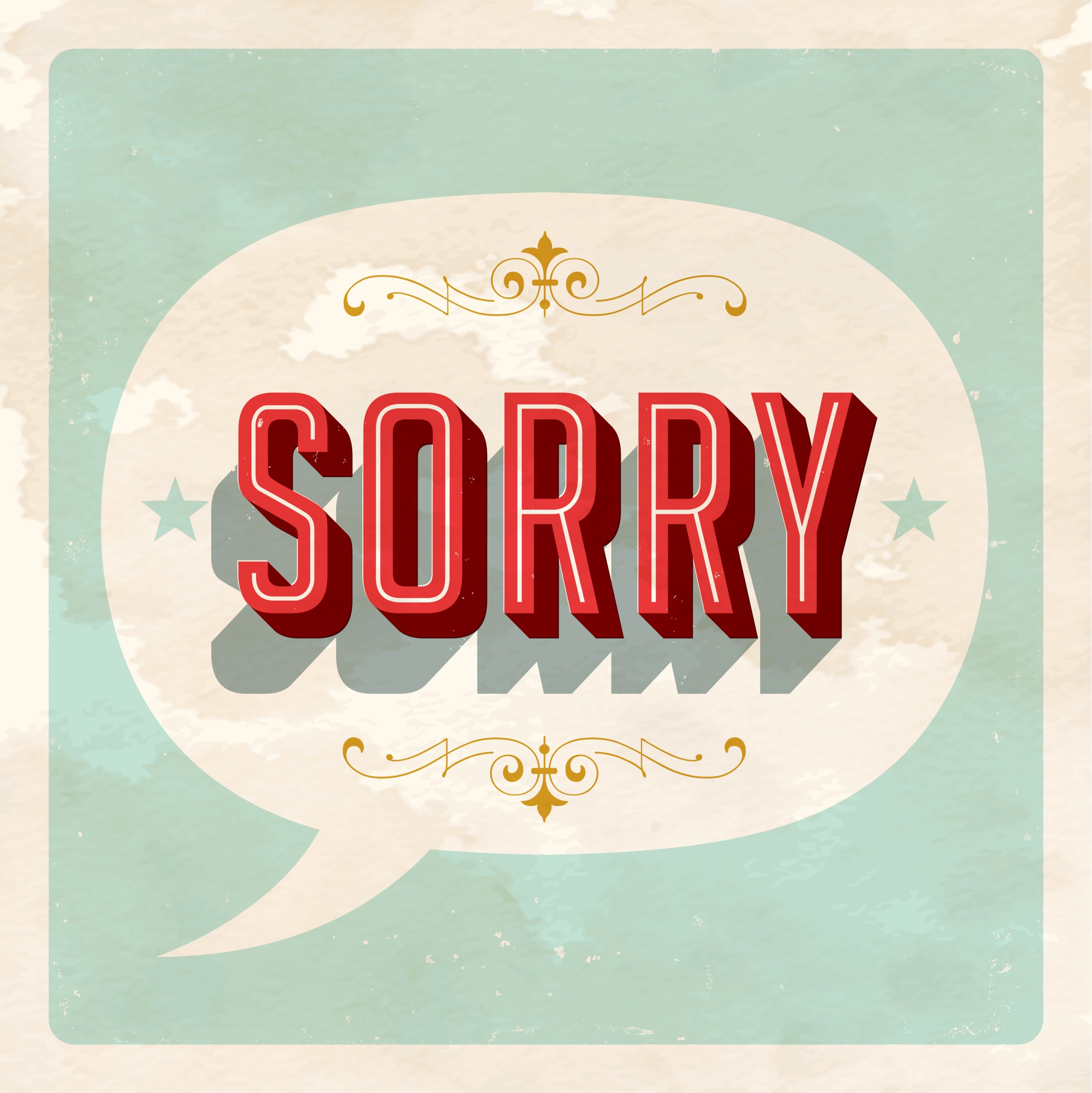Mistakes happen, but when they play out on social media, the reputational damage can be wide reaching and hard to contain. A willingness to take responsibility for possible errors can go a long way in rebuilding trust. But not all apologies are created equally.
Here are the top three rules for social media apologies from our President and crisis expert Diana Pisciotta:
Rule #1: Don’t Let Your CEO tweet the first apology (at least not without feedback). One word: United. While Oscar Munoz had the right impulse to act quickly and respond over social media, there are always unintended consequences. Even in the fastest moving situations, it’s worth a huddle with the crisis team to make sure the chief lieutenant doesn’t make the situation worse. The wrong messaging can have dire consequences, not just on reputation but the bottom-line as well.
Rule #2: Video can be your best friend. Remember Tony Hayward, former CEO of BP Oil? His example in the days following the Gulf oil spill stands the test of time for just how offensive a lack of compassion can be (“no one wants their life back more than me”). But Hayward’s worst moments remind us of the power of video. Authenticity and accountability come through best in this medium. Make sure that your key leaders (and NOT just your PR team) are comfortable on video. Establishing a communications team with the equipment and ability to quickly record and post high-quality videos is also helpful; if not, create relationships with several freelance videographers. (PS, Facebook and Twitter prioritize video.)
Rule #3: Don’t assume you can rip off the band-aid. Of course you should address all of the major issues at play quickly, comprehensively and compassionately. But you must also let the proverbial wounds heal. Make your apology on your website or in a video ONCE, in a meaningful way. From there, return to business in a way that addresses the substance of the crisis, maintains ongoing operations and reinforces your values. Moving forward doesn’t mean ignoring the fallout online. Regularly monitor the online conversation and direct people back to the original apology or factual information (which hopefully has been posted on your website or microsite).
Ultimately, whether you are communicating through traditional means or in social media, it’s about more than just saying you are sorry. Organizations must demonstrate that they have an understanding of what and where things went wrong – and take at least part of the responsibility. Without this fuller picture, apologies can feel hollow. The right amount of transparency can demonstrate your knowledge and understanding of the issue, as well as any impact it had among the audiences you care about. Historically, companies have been reluctant to take responsibility because of fear of litigation. But countless studies around apology and medical malpractice show that doctors who apologize and pledge changes are less likely to face legal action.
Tread carefully and with the advice of both PR and legal counsel, but remember that sticking by your corporate and personal values creates a winning situation out of a difficult one.
Are you Crisis Ready? Download our eBook to find out.

